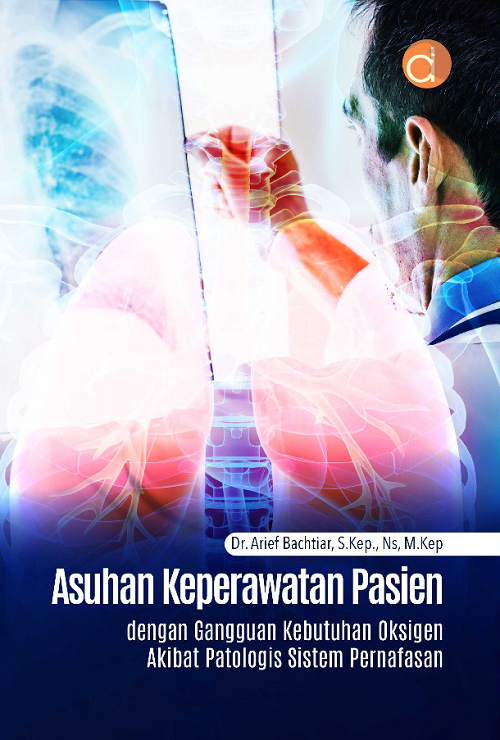SOP for Surgical Site Preparation (Cleansing and Shaving)
 |
| https://www.freepik.com/ |
Purpose
To establish a standardized process for cleansing the surgical site to reduce the microbial burden on the patient’s skin, thereby minimizing the risk of surgical site infections (SSIs) and promoting optimal surgical outcomes [1,2].
Scope
This SOP applies to all surgical patients requiring preoperative skin preparation. It is intended for all healthcare professionals involved in preoperative care, including nurses, surgical technicians, and surgeons.
Responsibilities
1. Preoperative Nursing Staff:
- Evaluate the patient's skin condition and allergies.
- Make sure patients comprehend and adhere to preoperative cleansing instructions.
2. Surgical Team:
- Ensure that all steps of skin preparation have been completed following the SOP.
3. Sterile Processing Personnel:
- Prepare and maintain the antiseptic solutions and equipment (e.g., clippers, and antiseptic applicators).
4. Quality Assurance Team:
- Monitor compliance with this SOP and report any deviations or complications.
Materials and Equipment
1. Antiseptic Agents:
- Chlorhexidine gluconate solution (with or without alcohol)
- Povidone-iodine solution (alternative for patients with chlorhexidine sensitivity)
2. Hair Removal Devices:
- Electric clippers (preferred)
- Disposable razors (if clippers are not available, with caution to avoid skin abrasions)
3. Personal Protective Equipment (PPE):
- Sterile gloves
- Gowns and masks as per surgical protocols
4. Other Supplies:
- Sterile drapes
- Sterile applicators or sponges
- Drying time timer
Procedure
1. Preoperative Patient Preparation
- Patient Assessment:
- Review patient history for allergies or sensitivities (e.g., to iodine or chlorhexidine).
- Examine the surgical site for any pre-existing skin conditions or injuries.
- Patient Education and Bathing:
- Instruct patients to perform a preoperative bath or shower using an antiseptic soap or chlorhexidine solution the night before or on the morning of surgery [2].
- Document patient compliance with preoperative cleansing instructions.
2 Hair Removal
- Assessment:
- Determine if hair removal is necessary for the planned procedure.
- Method of Hair Removal:
- Clippers: Use electric clippers to cut hair close to the skin without causing microabrasions.
- Razors: If razors must be used, apply with extreme caution to minimize skin trauma. Note that clippers are preferred because they lower the risk of SSIs [1].
- Timing:
- Perform hair removal immediately before the procedure to reduce the opportunity for bacterial colonization.
3 Antiseptic Application
- Preparation:
- Ensure all antiseptic solutions are at the appropriate concentration and are within expiration dates.
- Application Technique:
- Apply the antiseptic using a systematic approach (e.g., back-and-forth strokes or circular motions) to cover the entire surgical area and a margin around it.
- If using a combination solution (chlorhexidine with alcohol), allow the antiseptic to dry completely before draping to maximize efficacy and reduce fire hazards in the operating room [1,3].
- Drying Time:
- Utilize a timer or stopwatch to ensure that the antiseptic remains on the skin until fully dry.
- Verify that the surgical site remains free of pooling solution prior to proceeding.
4 Final Checks and Documentation
- Verification:
The surgical team leader must verify that all cleansing steps have been properly followed.
- Documentation:
Record details of the cleansing process, including the type of antiseptic used, time of application, hair removal method, and any deviations or patient reactions.
- Communication:
Ensure that all team members are aware of any patient-specific factors that may influence the procedure.
References
[1] Berríos-Torres, S. I., Umscheid, C. A., et al. (2017). Centers for Disease Control and Prevention Guideline for the Prevention of Surgical Site Infection. JAMA Surgery.
[2] Association of periOperative Registered Nurses. (2019). Guidelines for Surgical Attire and Preparation. AORN.
[3] Darouiche, R. O., et al. (2010). Chlorhexidine-Alcohol versus Povidone-Iodine for Surgical-Site Antisepsis. New England Journal of Medicine, 362(1), 18-26.





Leave a Comment